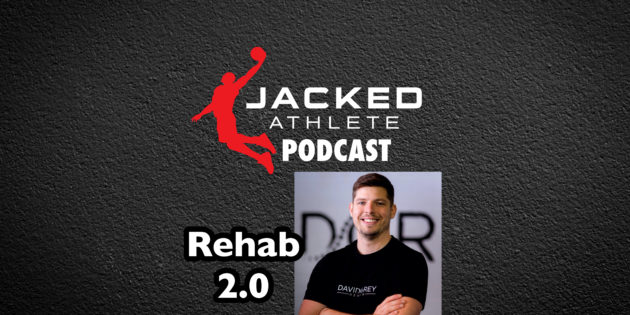https://podcasts.apple.com/us/podcast/jacked-athlete-podcast/id1462537296
“Most people, there’s just massive amounts of low hanging fruit. In general, most people do things really poorly and they don’t have to get that fancy for the first 80% of their training.”
In relation to PRI and asymmetries: “We have two sides of the body and we still need to be able to do both things on both sides.”
“Yes, movement variability is really important but I also don’t want to train variability for variability’s sake.”
On left and right side asymmetries
On how we don’t load into the left side as well: “I actually find that we don’t load into the right side of the body very well either. We actually don’t get into either leg very well.”
Losing ability to load the right side: “my movement is going to get very stiff because I feel like I have no home base.”
“Some of the time I find that… Giving them back the right side of their body and feeling really safe and secure there first, starts to open up way more movement in the beginning.”

“I still have a right adductor, it might be tight but I need to strengthen it. I still have a right hamstring, it might be tight, I need to strengthen it.”
Frontal plane movements (e.g. side lying knee to knee, adductor exercises): “they’re the ones where you’ll start to know if they actually move well or not.”
“It’s the journey to the arch is what is important”:
- Unlocking of the calcaneus
- Eversion of the calcaneus
- Journey towards that medial side of the foot

“I’m more like to try and get the calcaneus to evert and get the weight into the right medial arch whereas if I’m on the left side, they still need to learn to pronate but I’m less likely to chase eversion of the calcaneus and more just a small tipping forward of the calcaneus at plantarflexion.”
“99% are asymmetrical. They will test different on the left than the right. Whether they need to be really specific with their training or not, probably not for most people.”
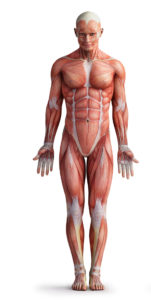
“If someone is breathing poorly for 24 hours of the day (mouth breathing, using their neck muscles), a few drills for 5 minutes of the day is not going to have a massive impact.”
Low hanging fruit with injuries:
- “Thoughts, beliefs, and emotions. Giving someone a plan and making sure they understand that their body is robust, that’s by a country mile, number 1.”
- “Learning to breathe in a relaxed way would definitely be number 2.”
- “Getting people to actually move a bit more… give someone some kind of movement where they’re not analyzing every single movement in their body but their body has an intention.”
“What are we doing all day long, we’re thinking and we’re breathing.”
“The more I can give people movement where they don’t analyze every single joint while they’re doing it, the better.”
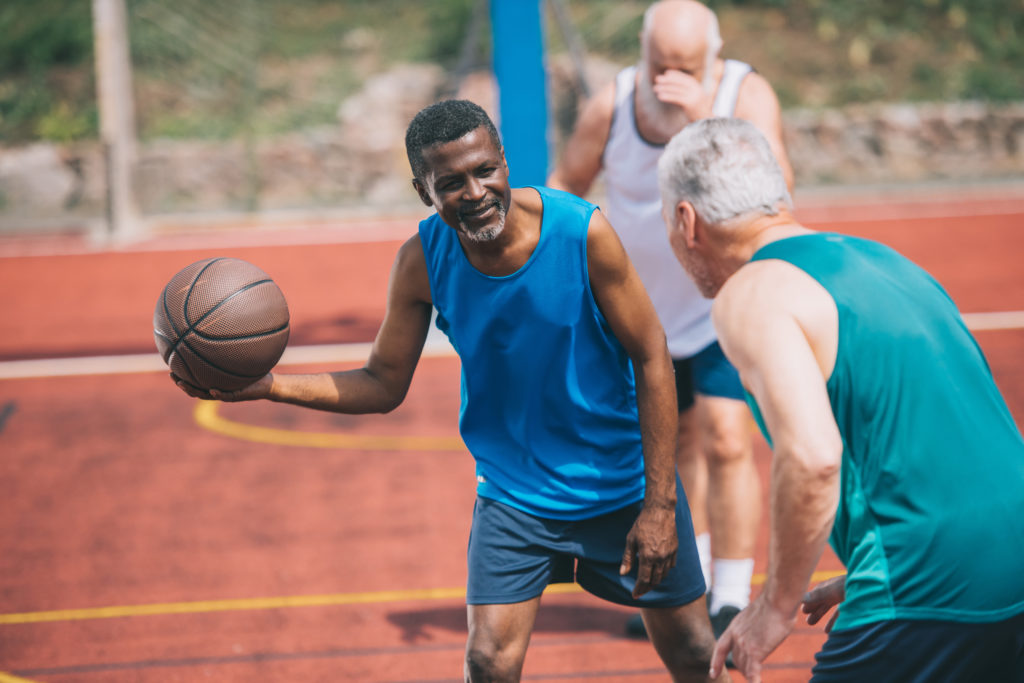
Breathing: “That would be beautiful breathing mechanics. Everything opens from the inside-out. Everything closes from the inside-out.”
Opened front ribs: “The inhale will never go where I want it to go if that area is always open at the front.”
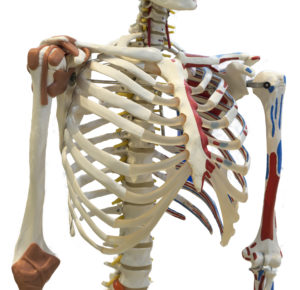
“The quads are not actually inhibited. They’re actually on all of the time.”
“Relaxation is a sign of strength… if you think about the best movers, they just look relaxed.”
“I want people to be doing things that feel as close to the thing they’re trying to get back to as fast as possible.”
In rehab: “The more I can give you what kind of looks like your sport, the more engaged you’re going to be.”
“A lot of these tests on the table… if you’re in a good mood, you’ll test a lot better than if you’re in a bad mood.”
Jumping: “Even if there’s a little bit of pain, I try to keep it in because I find building it back up can be very difficult.”

“For the patellar tendon.. how much more can I get out of the ankle joint.”
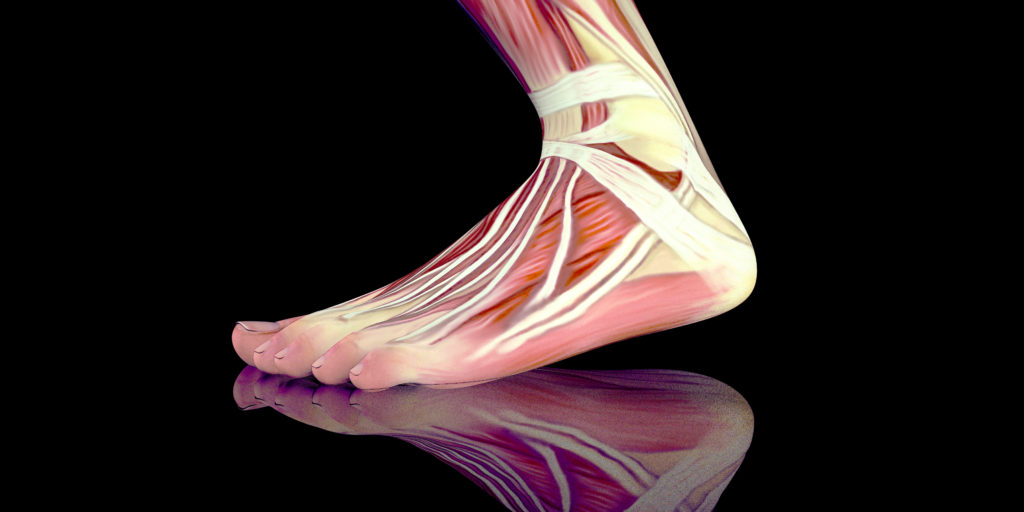
“One of the reasons I think the isometrics work so well is because you just lock them in to a position where they have no choice but to use that tissue.”
“The quads are on all the time but they’re inhibited to work in the way that they’re designed to work.”
“The brain is smart but it’s also a little bit silly because it doesn’t really care about you getting back to optimal. It just doesn’t want you to blow up.”
Patellar tendon pain and losing the midfoot: “Why would I want to be on my midfoot, because that’s where I’m going to flex my knee a little bit more.”
Patellar tendon: “It’s more about load than biomechanics.”
“If your calf is crappy, your hamstring is crappy, your glute doesn’t do a good job, the VL [vastus lateralis] will always be there to save you.”
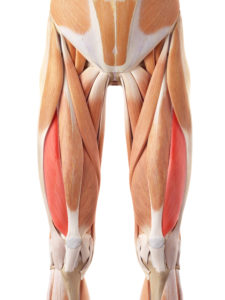
“All those tissues along the lateral aspect of the leg, they can just do work and absorb errors and look after us a lot.”
“The VL is usually more jacked up on the right side. As soon as I get a left groin to kick in and pull the pelvis to the left and a right glute max to kick in and pull the pelvis to the left, you’ll see a lot of VL stuff clean up. If it doesn’t clean up, there will probably be an ankle joint on the right side that stays a bit jacked up as well… and that calcaneus needs to evert and get the weight into the midfoot.”
“When I get that pelvis to tuck under on the left side a bit more, that hamstring [left] is going to feel so much relief.”
“You have to keep the abs jelly to do that [getting proximal hamstring to actively posteriorly tilt the pelvis].”
“It’s not about how much range of motion I have, it’s the journey through those ranges of motion.”
“Load is always going to be the first answer… you can have the best biomechanics in the world, if you go and sprint 60 days in a row, you’re going to get an injury.”
“I think alternation is where it’s at for knee problems… learning to shift weight left and right and having this nice alternation of ribs are doing one thing, pelvis is doing the other… that’s where the magic starts to happen for a lot of knee issues.”
“Low level plyometrics… that’s not done enough for knee pain.”
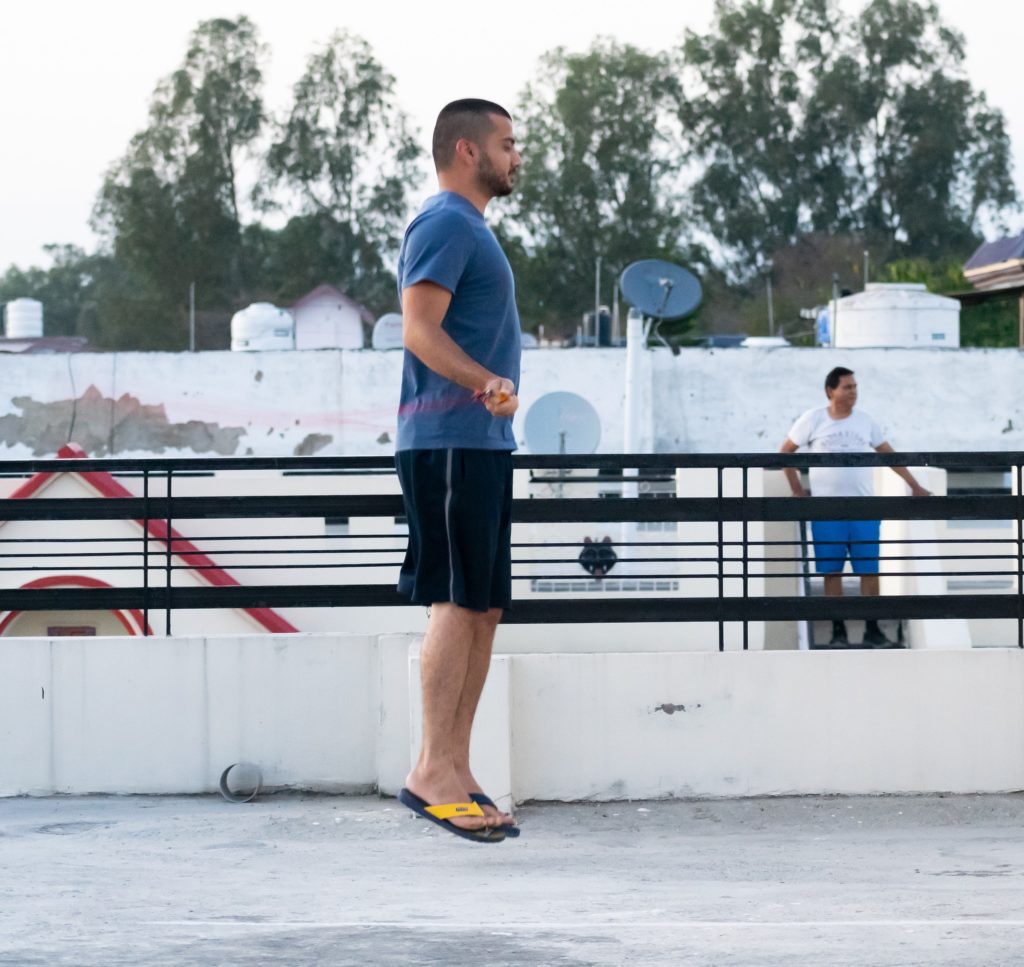
“What you’ll see with shin splints is they’re very toe-y with their strike… there’s a lot of braking forces… they skip a lot of the foot… instead of getting nice side-to-side motion, I just get everything crashing forward all the time.”
ISA and similar concepts: “As complexity increases, I want to see results increase.”
“I think there’s probably sometimes too much emphasis on the proximal structures and if we can get the feet and everything moving well more distal, the ISA becomes a little bit less important.”
Website: https://davidgreyrehab.com
